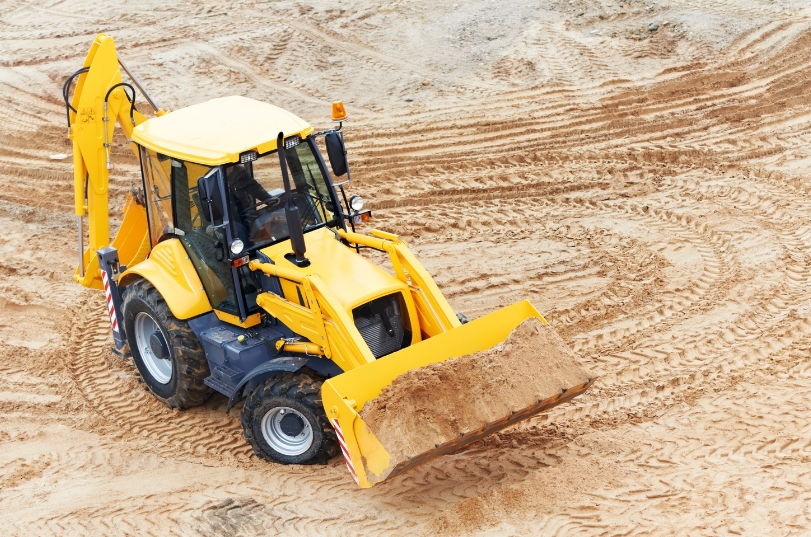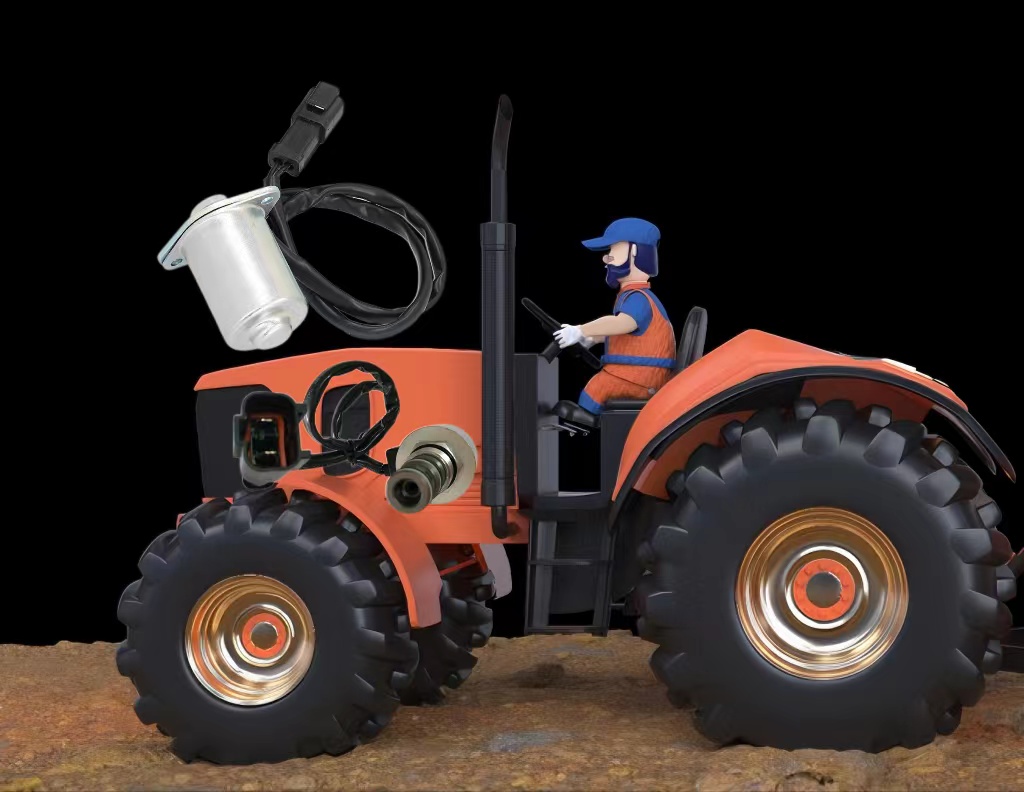An excavator and backhoe bear some similarities in appearance and functionality, making them easily confused on construction sites. However, you can differentiate them based on size, versatility, and rotation. Without understanding their distinctions, you may struggle to select the appropriate machine for your project. Let’s delve into their features and clarify the differences.
Excavator
An excavator is a powerful piece of construction machinery used for digging and excavation tasks. It consists of a chassis, a rotating platform, an arm, a bucket, and a hydraulic system. It typically comes with tracks or wheels, depending on the requirements of the site. They can also perform additional tasks by using hydraulic attachments, such as grapples or augers. In short, excavators are the ideal choice for heavy-duty excavation and demolition in large-scale projects.
Backhoe
A backhoe is a versatile piece of construction machinery that combines the functions of an excavator and a loader. Backhoes have a digging apparatus similar to excavators and a loading apparatus like loaders. They are commonly equipped with a front-loading bucket and a rear digging apparatus. Backhoes are widely used in earthmoving projects, construction sites, and other engineering endeavors.
The rear section possesses the arm, boom, and bucket of an excavator, suitable for digging work, while the front section is equipped with a large loader for loading and material handling. Backhoes can also employ various attachments for different tasks, such as road brooms, drills, hammers, and more. Their advantages lie in their relatively compact size, ease of operation, and suitability for light to medium-duty operations.

Size
From their appearance, it is easy to distinguish them as excavators are larger, with weights typically ranging from 3,500 to 200,000 pounds. Backhoes, on the other hand, are slightly smaller, with an average weight of around 17,000 pounds. Despite their smaller size, backhoes are more versatile and well-suited for farm and digging projects, while excavators are better suited for large-scale projects such as mining, demolition, and rock blasting.
Usage
Backhoes offer more versatility as they combine both digging and loading functions, allowing them to perform tasks such as digging, loading, and material handling. They can also travel on roads and are well-suited for projects that are spread across different construction sites. Both machines can expand their capabilities by installing attachments, with the specific choice depending on job requirements and tasks.
Rotation
Excavators have a 360-degree rotating cab that enables precise digging and dumping operations while the chassis remains stationary. In contrast, the backhoe arm can rotate within a range of approximately 200 degrees.
Why is it called a “Backhoe Loader” instead of a “Backhoe Excavator”?
A backhoe loader is commonly referred to as a “Backhoe Loader” rather than a “Backhoe Excavator” because it combines the features of both an excavator and a loader in its design and functionality.
While a backhoe loader possesses the digging capabilities of an excavator, it differs from a traditional excavator in certain aspects. One significant difference is that it has a front-loading apparatus for loading and material handling tasks. This allows the backhoe loader to have both digging and loading functionalities in a single machine, making it versatile for various job requirements.
The name “Backhoe Loader” emphasizes its two primary functions, namely digging and loading. “Backhoe” refers to the digging apparatus, while “Loader” refers to the loading apparatus. This name accurately describes the multi-functional nature of a backhoe loader.
Therefore, despite having some characteristics of an excavator, a backhoe loader is typically named and identified as a “Backhoe Loader” due to its distinct design and functionality.
If you already own a Backhoe Loader and are looking to upgrade Backhoe parts, you can find compatible aftermarket loader parts at FridayParts. Our main goal is to help customers find high-quality parts at a great value.







Leave A Comment